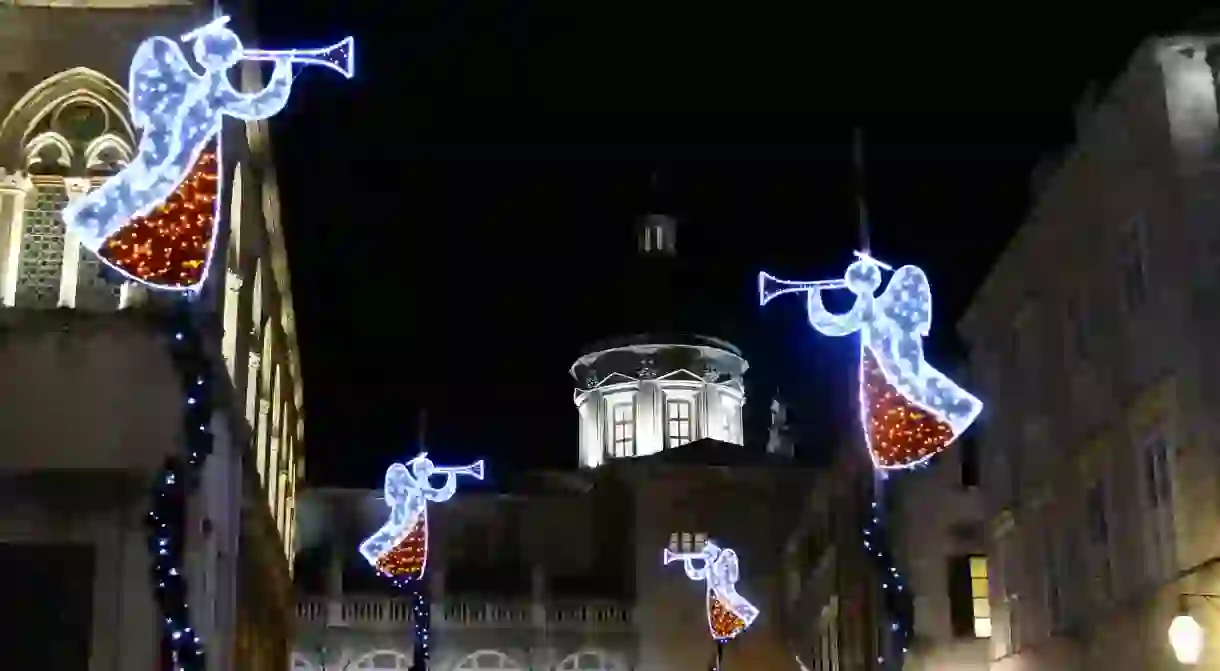12 Reasons to Visit Croatia in the Winter

Inundated with visitors in summer, Croatia has plenty going on in the winter, with major seasonal and cultural events, cheaper hotel rates and atmospheric outdoor activities. The main squares of the capital, Zagreb, are transformed by the busy five-week advent programme and other cities outdo each other to hire the most popular acts for New Year’s Eve.
Sljeme

Advent in Zagreb
Train Station
Feast of St Blaise
Istrian rakija
Winter is the best time to sample the rakija grappa varieties for which Istria is famous. While the rest of Croatia typically produces strong clear spirits from plums, or perhaps myrtle or walnuts, up in Istria mistletoe (biska) and honey (medica) are more popular and provide the perfect finish to a hearty meal. In the main towns, you’ll find top-quality grappas in bars such as Piassa Grande in Rovinj and the Enoteca Istriana in Pula.

Krka National Park
Park

Samobor
Natural Feature

Christmas in Dubrovnik
Rijeka Carnival
Natural Feature
New Year’s Eve
Cities across Croatia celebrate the New Year by trying to outdo each other, staging major live acts in prominent locations. By way of example, to ring in 2017, top DJ Armin van Buuren appeared at Zagreb’s 360 New Year’s Eve party while at the same time, Zagreb’s own punk band Hladno Pivo entertained the masses in Pula’s Roman Forum. Zadar was treated to traditional Dalmatian klapa music in Narodni trg and the Split waterfront Riva became an open-air arena for pop-rock outfit Buđenje and local singer Petar Grašo.

Istarske toplice
Natural Feature
Lastovo Poklad
Night of the Museums
Museum













